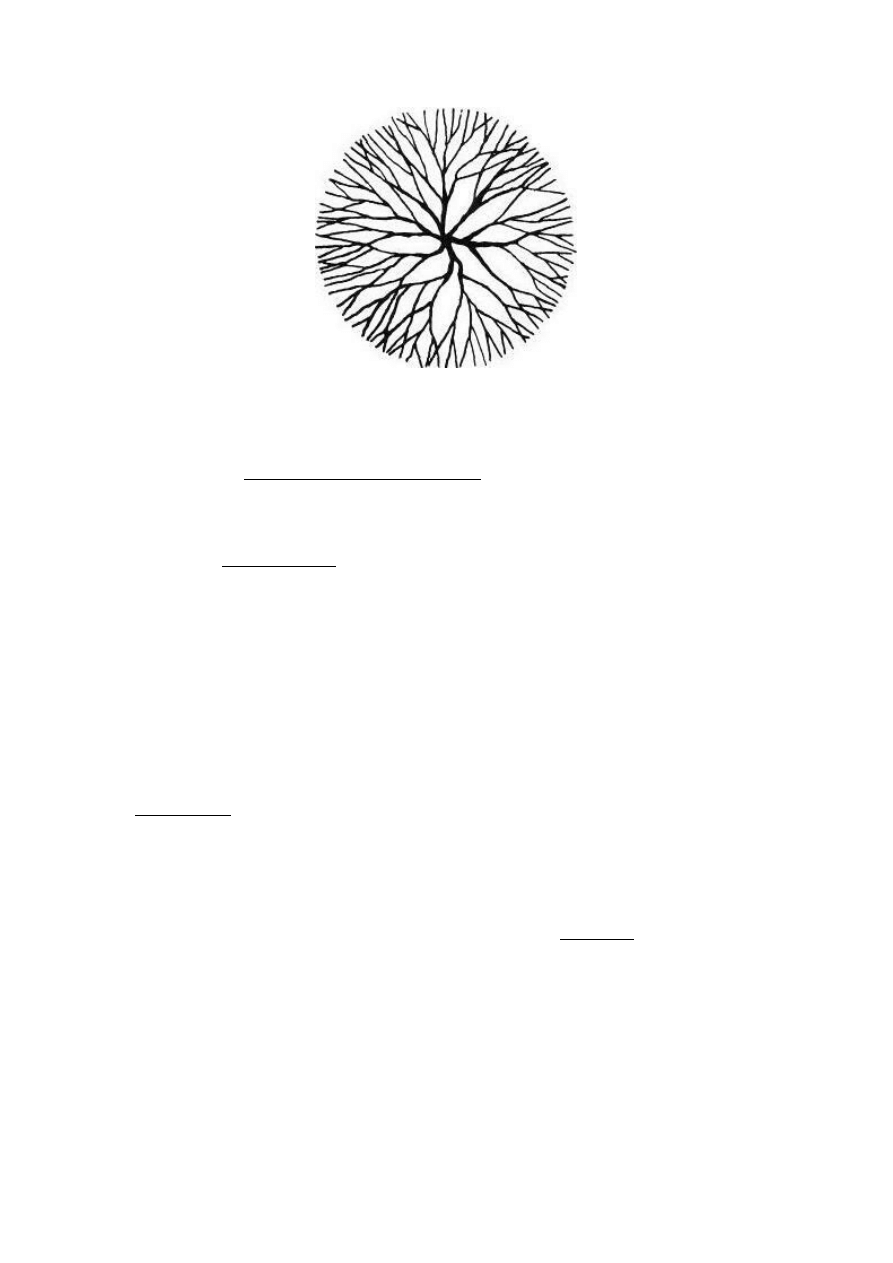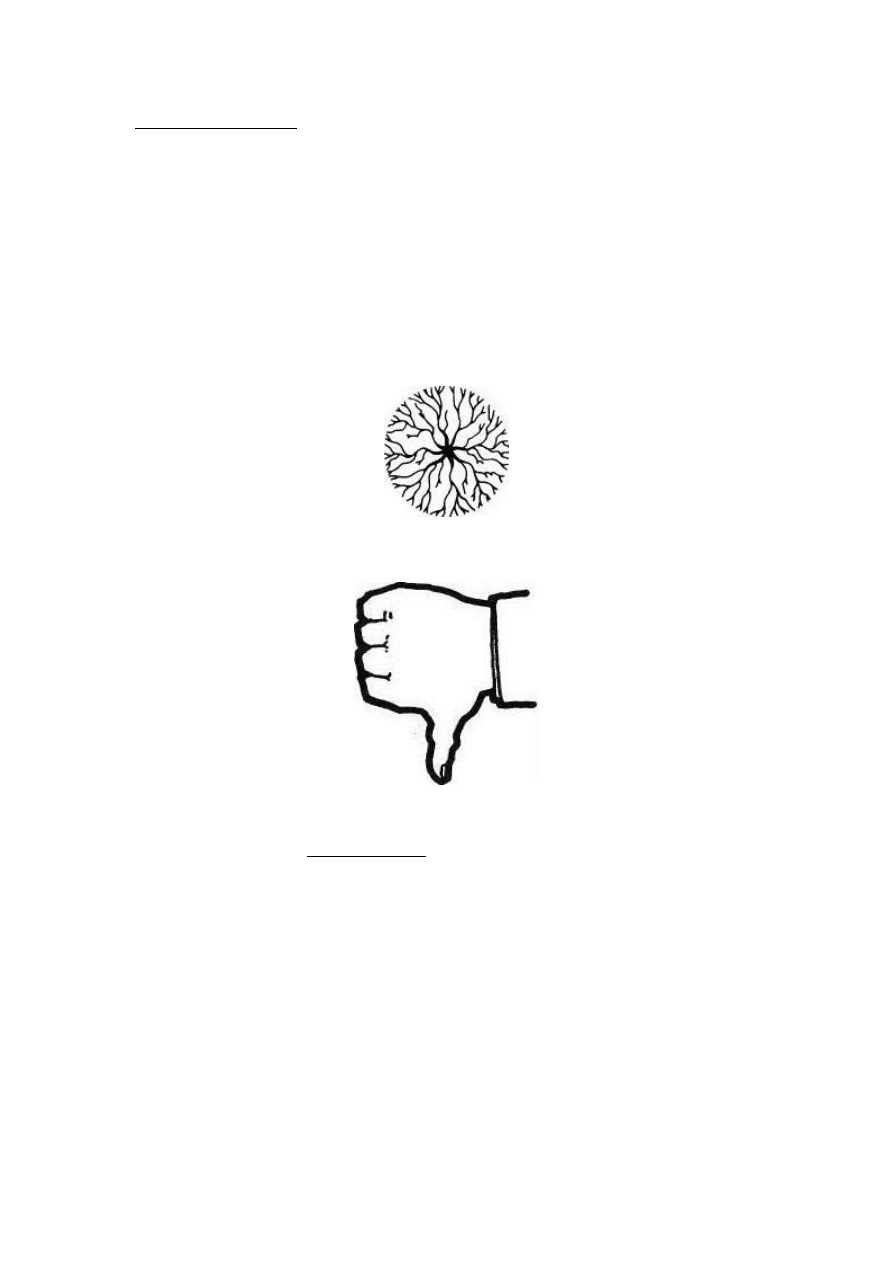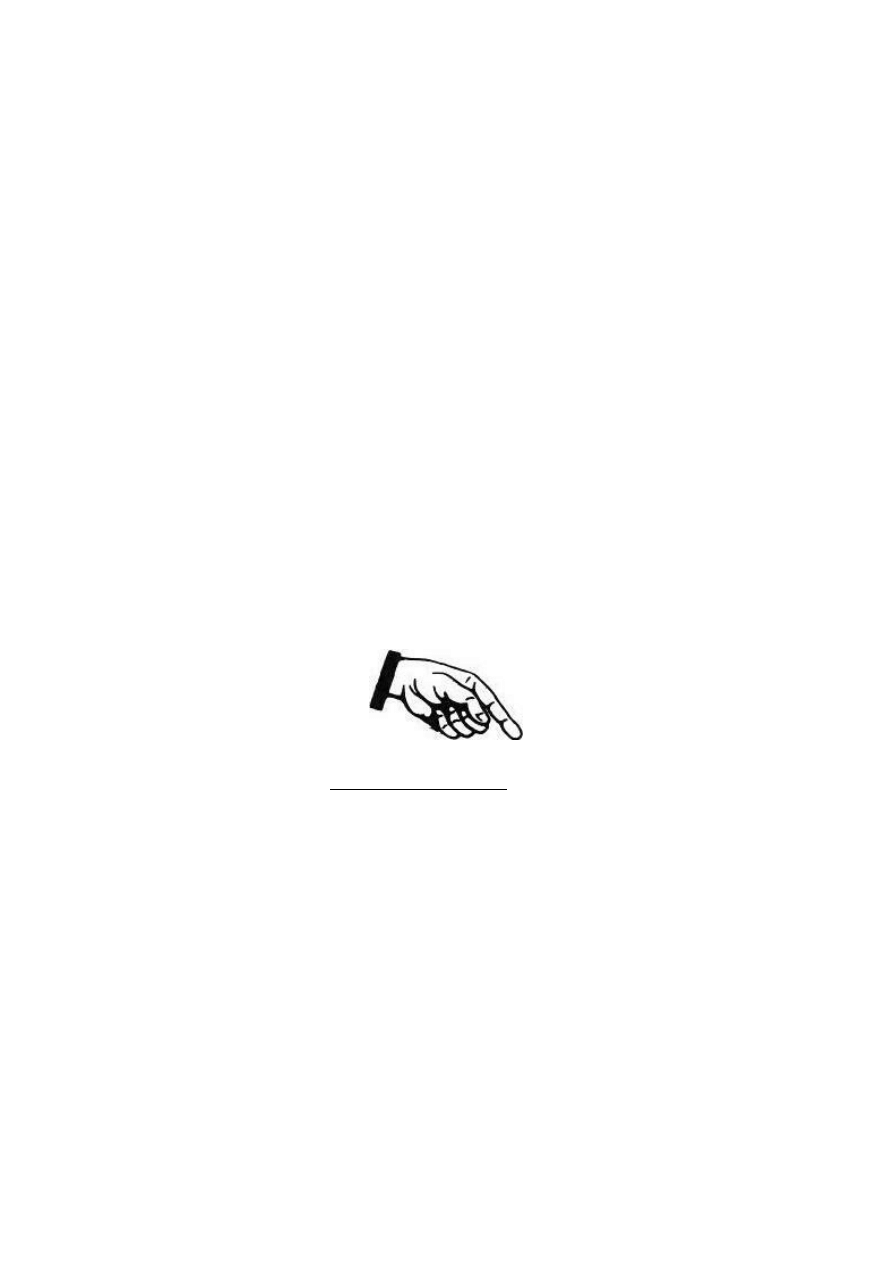
STICKS & STONES NUMBER 6
A leaflet for the left hand
Spelling the Gone Aces
Before "Spelling To The Aces" became popular, A lex Elmsley
created an effect wherein the Aces vanished, the deck was shuffled,
and the performer spelled to each Ace. That is, each Ace reappears
at the end of each appropriate spell.
This version was neither published nor widely distributed. Instead it
was passed from cardman to cardman, sometimes without any
acknowledgement to Elmsley. As we await a proposed Elmsley
book, perhaps it's best to establish the following routine before it
appears under a different name.
WORKING
1) Cull the four Aces and place them face-up in a row in the CHSD
order from left to right. Also place four 4-card packets face-down
onto the table, one below each Ace. Place the talon aside.
2) Insert each Ace face-down in their respective packets. The Ace
must go 2nd from the top. These insertions can be varied or you
can get the Ace into position by displacement techniques (open or
secret). You can also use Tilt. After each insertion, square the
packet and table it in its original position in the row.
3) Pick up the AD packet at your far right. Turn the cards face-up
into your left hand. Deal the cards face-up onto the table. Execute a
single Buckle on the 3rd X card, thus hiding the AD as you deal a
"double" onto the table. The last X card is snapped as a "single" as
it's dealt face-up on top of all. The AD will appear to vanish ala the
Collins Aces. Pick up the assembled packet and place it face-down
onto the talon.
4) Repeat Step 3 with each Ace packet, moving from right to left.
After each apparent vanish the packet is placed face-down on the
talon or deck. (Note: Some cardmen may prefer to use a Double
Pushoff technique instead of the Buckle action. This is a faster
procedure.)
5) Pick up the deck and give it an Overhand Shuffle consisting of
four runs. Run 5 cards and throw the rest of the deck on top. Run 6
and throw. Run 5 and throw. Run 7 and throw. Follow-up with a Jog
Shuffle.
6) Give the deck a perfect In-Faro shuffle. Now it's set for the
denouement. First spell to the Ace of CLUBS. Deal one card face-

down for each letter, including O-F. After the "S" card is dealt, the
next card will be the AC. This procedure is followed with each
remaining Ace as you spell AH - AS - AD, keeping to the CHDS
order.
AENOS
Not long ago Larry Jennings accused Marlo of ripping off one of his
tricks. Such claims and counter-claims have been around longer
than Harry Lorayne can remember. Ripping-off is one thing,
reinvention is another. The accident or plan of reinvention is a
recurrent phenomenon in our literature. It happens so frequently
that it's a laughable cliche amongst inner circle cabalists and long-
lost old-timers with elephantine memories. And the act of
reinvention may or may not be innocent, but I leave such questions
to experts.
Here's the irony: Others claim that Jennings is "the biggest thief in
the business!" Harsh words... especially when coming from one's
home turf. Example: Jennings-Busby recently marketed an effect
called "Stabbed Coincidence". A well-known cardmen showed this
effect to Jennings a few years ago (in a slightly different, more
expert form) and included its workings in a manuscript submitted
for publication a couple of years ago.
I first read about "Stabbed Coincidence" in John Braun's "Hocus In
Focus" (The Linking Ring-September, 1976). When I studied the
effect's description, knowing how Larry approaches card magic from
his past work, I guessed that he combined elements from his
"Prefiguration" and a Bill Simon subtlety. I also worked out some
methods to duplicate the basic effect, using techniques more
befitting to my performing style. The following version, although not
impromptu, is more staggering to laymen. Call it...
Four-Play

This version requires foreplay. The deck is "wired" but the results
are worth the time and trouble, especially if you use the set-up for
preliminary effects.
EFFECT- After performing a series of card effects, the performer
spreads the cards for a free selection. This card is placed face-down
as a "prediction card". Another card is taken and the deck is freely
divided into three portions. The 2nd selection is placed face-up onto
a portion and the cards are assembled. The deck is shuffled, then
ribbon spread face-down onto the table. The cards on both sides of
the face-up "locator card" are removed and shown. They are the
same value as the "locator card". Lastly, the "prediction card" is
revealed--it, too, matches the "locator card" for a four-way
coincidence.
WORKING
1) The cards are set in Si Stebbins. Perform some effects while
retaining the stack. (See Marlo's "Si Stebbins Sorcery" in
Hierophant.) False shuffle and cut.
2) Spread the cards between your hands for a free selection. Once
the selection is removed, say: "Don't look at this card. Place it face-
down on the table...it's going to be a 'prediction card'."
3) Separate the spread at the point the selection is withdrawn.
Place the right-hand cards below the left-hand portion in a casual
cutting action. You now have a 51-card deck. (Charlie Hudson, are
you listening?)
4) Split the cards for a Straddle Faro, making sure your right hand
cuts off the larger portion (26 cards). Faro shuffle these into the
smaller portion (25 cards). After the shuffle the situation is as
follows:
A) Assume the spectator removed the KH.
B) After the Straddle Faro, the KD will be on the bottom
of the deck.
C) The KS and KC are 25th and 26th from the top,
respectively.
5) Reverse Double-Cut the bottom KD to the top and force it on the
spectator for the 2nd selection. Use the Slip Force or Marlo K. M.
Move Force. The order of the deck will be retained.
6) Have the deck divided into three portions or packets. Use the
dribble procedure or straight cutting process. The layout should look
like the drawing below:

A B C
original bottom section original middle section original top section
KS-KC in this portion
7) Pick up packet A and hand it to the spectator for shuffling. Pick
up packet C and shuffle it yourself. Place packet C on the table and
ask the spectator to place his selection (KD) face-up on top. Then
ask him to place packet A on top of packet C, thus burying the
selection. Place combined A-C on top of B to assemble the deck.
8) Give the cards another Straddle Faro shuffle as in Step 4 with the
larger right-hand portion meshing into the smaller left-hand portion.
This action automatically puts the face-up KD between the KC and
KS.
9) Immediately ribbon spread the cards face-down and ask, "Do
you want the card to the right or left of your face-up selection?"
When he answers, add: "Do you mean to my____, or your______?
Or do you mean to my _____and your______? This bit of double-
talk points up a possible ambiguity, therefore say: "What the hell...
let's remove both cards!"
10) Disclose the cards to show a three-way match. Look at the
prediction card, then look at the spectator. Say, "You're ahead of
me already, aren't you? But you're not as far ahead as I've been all
along... You see... I knew you were going to end up with four
matching cards... The question is... How did you know?" Reveal the
face-down prediction card to cap the effect.
In the Jennings' procedure the prediction card is shown prior to the
stabbing business. I sense that the prediction card should be shown
last. It's obviously anti-climactic, but it's meant to be. The final
match is the capper. The double-disclosure is the surprise. The
predictive aspect is anticipated or suspected, but the final four-way
match completes the effect and eventually produces retrospective
puzzlement.
P.S. This effect comes free to The Club members. Think of the
money and aggravation you've saved!
- Jon Racherbaumer, September 12, 1976

EPIPLEXIS
A few years ago I privately published a very limited edition of a
work called Piddlings and Pettifoggery. It dealt with controversy and
apparently raised some hackles amongst those sensitive to such
matters. Bill Simon advised that the paper was aptly titled. He was
one of the few who realized the work, despite its dogmatic tone,
was light lampoonery.
Why shouldn't we look upon controversies with raised eyebrows and
harmless grins? When put into perspective, these squabbles don't
mean much to the average magician nor have they cosmic
consequences. The truth is seldom uncovered. Circumstances are
always confused, gross misunderstanding take place, and the now
standard rigamarole is acted out.
As mentioned earlier, Larry Jennings accused Edward Marlo of
stealing one of his pet card effects. Besides being an implicitly smug
assumption on his part, especially since the effect in question is
mediocre at best, Jennings should know the ins & outs of the
creative enterprise. He should accept and understand the
interrelatedness of ideas, the inevitability of some reinvention, and
how every cardman is influenced by the Already Established. This is
yesterday's news.
The Jennings-Marlo controversy surfaced in Pabular, letters were
exchanged, private telephone calls were made, and I eventually
drafted a 5-page letter to Fred Robinson. I never received a reply,
hence the matter is apparently closed. In the letter, however, were
some points worth repeating:
Once an effect, sleight, idea, or routine is published by someone,
prior claims are voices in the wind. An item established in print,
whether it's included in a book, magazine, or set of lecture notes,
becomes legitimized as part of an official Record. If a controversy
arises, the principal parties should resolve their differences on a

private basis. If the controversy involves ideas, then each principal
can organize his thoughts and arguments in the form of rhetoric.
Interested bystanders--a distinct minority-would rather read a
monograph than hear about off-hand, third-hand hearsay.
The rest of magicdom couldn't care less. When they entertain
laymen with magic, they get credit; they are the ones to receive
praise and reputation. Need we squabble amongst ourselves? Let's
continue to create, publish, and share our findings. When someone
establishes something, be grateful and accept the fact of this
recording. After all, once secrets are disclosed to the fraternity-at-
large, each is claimed by those who use them whether they admit it
or not, whether they intend to or not. Acknowledgement and
recognition of our brethren remains an anonymous pleasure to
some, a guilty necessity for others. Happy coincidences, unhappy
controversies, and inevitable rediscoveries remain outside the
purview of laymen. Should it be any other way? Can it be any other
way?
- Jon Racherbaumer, October 5, 1976
Every Chance
This adaptation is a student exercise. It's based on Ned Power's "No
Chance" from The Pallbearers Review - February, 1970. The effect
by Power's own admission is not startlingly original. Moreover it's an
example of personalized combination wherein a magician recreates
certain techniques, sleights, and ideas into an individualized mold.
The ambition of my revamping is to streamline Powers' suggested
handling while eliminating certain distracting features. The major
techniques used in this routine are Marlo's.
EFFECT - A card is freely peeked. The cards are cut and shuffled.
The top card of the deck is turned face-up and will be used as a
"locator" card. The deck is cut again and the cards are ribbon
spread face-up. The performer states that the face-up card next to
the face-down "locator" is the spectator's selection. The spectator
denies this. The performer says, "In that case, I'll have to change
the 'locator' into your card!" He does.
PREPARATION: Secretly place an X card face-up 2nd from the top of
the pack.
WORKING
1) Remove the cards from its case and ribbon spread them face-
down, taking care not to expose the face-up card near the top.
2) Scoop up the spread and give the cards a Closed Riffle Shuffle,
retaining the top two cards.

3) Have a spectator select a card via a Fingertip Peek. Control the
selection to the top (above the face-up X card) via Marlo's Cover-up
Cut. Shuffle and retain.
4) Do a Triple Turnover and say, "This is my sudden locator card!"
This action reverses the actual selection and allow you to lift off the
face-up (single) card on top. Everything looks copacetic. (Marlo
subtlety). Your right thumb and fingers nip the upper right corner of
the face-up locator and pivots it upwards with its face towards the
spectator. This demonstrates the singularity of the locator card. It
also provides mis-directive action for secretly glimpsing the
selection. How? Easy. When your right hand shows the locator card,
your left hand tilts the deck inwards so that the backs face yourself.
Now your left thumb pushes the top card of the deck to the right
just enough to expose the index corner of the face-up selection
below.
5) The preceding action exposes the spectator's face-up selection.
Once glimpsed, your left thumb pulls back the top covering card as
the lifted "locator card" is replaced face-up on top.
6) Swing Cut the upper portion of the deck into your left hand. Once
this section is in your left hand, your left thumb pushes over the
face-up "locator" as you iterate: "Remember...this is the sudden
locator!" As your left thumb pulls the card back flush, you obtain a
fine 4th fingertip break under it. Your right hand drops its section
on top, then appears to execute a side-squaring action.
7) During this squaring action your left 4th fingertip kicks the
"locator" into a side-jogged position (for about half its width). Once
this is quickly done, a break is no longer necessary. Your right
hand, holding the cards from above and by the ends, provides
adequate cover.
8) Keeping your right hand in position, your left hand turns the pack
end-for-end. The pack is now face-up and the side-jogged card will
remain unexposed.
9) Ribbon spread the cards from left to right. The jogged card will
remain hidden beneath the spread while the spectator's actual
selection (unbeknownst to him) appears face-down in the middle of
the spread. The spectator will assume this is the "locator card".
(Note: Steps 7 thru 9 are Marlo techniques which appear in several
sources, most notably Classical Foursome.)
10) To finalize the effect go through the business described in the
EFFECT description and reveal the surprising change. The reversed
card left in the pack after the scoop-up can be used in another
effect.

GAFFED VERSION
This uses a double-faced card and eliminates the side-jogging
action.
Place a double-facer 3rd from the top and below a face-up X card
(reversed 2nd). Follow the same procedure used in the Impromptu
Method. Once the double-faced card is replaced, the deck is tabled
and cut. Now the deck can be cleanly turned face-up and ribbon-
spread. (Note: All regular duplicates should be removed prior to
performance. After performing this effect one can go into Robert
Parrish's version of "Open Prediction".)
- Jon Racherbaumer, March 10, 1970
By the time this issue is published, the Patrick Page-British IBM-
Ring caper will be old business. Needless to say, the Colonists took
a dim view of the whole thing. We give awards and high praise to
those who successfully (key word) publicize their books for the
public. Magic is commerce. Exposure is big business!
Exposure! Should we wince when hearing the word? Should the
word "indecent" accompany it? It's like a naked man in a raincoat.
Or is it?
It's true that exposure weakens magic. When laymen know "how
it's done" (the simple secret), enchantment dissipates. Mystery is
energy. Secrecy energizes us. The world of Magic A. H. (After
Henning) is booming. Exposure has become orgiastic and every kind
of huckster is blitzing the public with Oh-So-Easy Tricks and plastic

gewgaws-for-the-millions. Secrets are not-so-secret and laymen are
getting wise...
Yet...
But...
Remember Richard Himber? He once created a ruckus by publicly
proclaiming that he welcomed EXPOSURE; that every old illusion
and trick should be explained to the public! Wow! Was he crazy?
Yes and no. Himber reasoned that EXPOSURE would challenge
magicians to create NEW, MODERN, and MORE BAFFLING magic.
Put the oldies-but-goodies in a museum or let the hacks and card-
carrying club members have their boxes, tubes, and tables! Himber
had a point, but he was using it like a thumb tack unwittingly sat
upon...
Didn't Dariel Fitzkee say the same thing? "No exposer can ever
reveal the secrets of magic." He meant, of course, the Real Secrets
pointed out by Devant. The Real Work cannot be explained or
exposed.
The only thing Patrick Page exposed was a fearful mediocrity.
Ironically, this sanctimonious minority are indistinguishable from
rank-and-file laymen... except for their lack of good sense and
humor.
Lest anyone forget, STICKS & STONES is a personal project and
half-vast endeavor by JON RACHERBAUMER. Send all hate mail,
reactions, complaints, ideas, effects, suggestions, and abstraction
to:
P.O. Box 1142, Metairie, Louisiana 70004
Send money and praise to Lloyd!
Document Outline
Wyszukiwarka
Podobne podstrony:
Jon Racherbaumer Sticks & Stones, Vol 1
Jon Racherbaumer Sticks & Stones, vol 5
Jon Racherbaumer Sticks & Stones Number 2
Jon Racherbaumer Sticks & Stones Number 3
Jon Racherbaumer Sticks & Stones Number 4
Ed Marlo & Jon Racherbaumer Classical Foursome
Jon Racherbaumer Tri Psi
Vol 14 Podst wiedza na temat przeg okr 1
Encyclopedia Biblica Vol 2 Jerusalem Job (book)
Ayurvedic Pharmacopoeia of India API Vol 3
AFI 11 2F 16 Vol 1
zajęcia wyrównawcze vol I
Negocjacje vol 2
2010 vol 05 POLITYKA ENERGETYCZNA TURCJI PO ZIMNEJ WOJNIE
Encyclopedia Biblica Vol 2 En Rimmon Esau
Ayurvedic Pharmacopoeia of India API Vol 2
Encyclopedia Biblica Vol 1 Bat Beth Basi
Encyclopedia Biblica Vol 2 Inscriptions Isle
więcej podobnych podstron